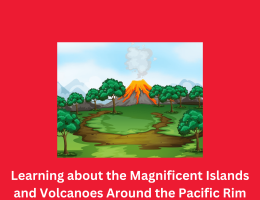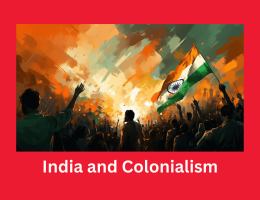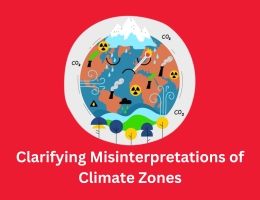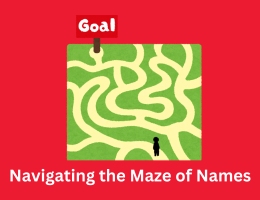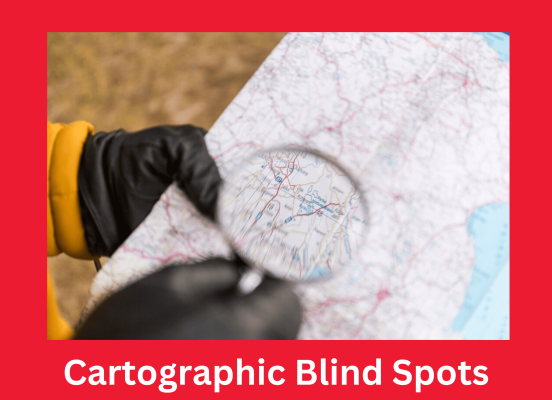
Cartographic Blind Spots: The Challenge of Identifying Lesser-Known Countries on a World Map
- By admin --
- Thursday, 07 Mar, 2024
Introduction:
Global maps offer accurate levels of information for every country, continent, and ocean, giving a visual representation of the diversity of topography on our world. Despite the fact that maps are used extensively in curricula and daily life, many people find it difficult to identify the proper locations throughout the world, especially the smaller or less well-known ones. In this conversation, we examine the reasons behind the inability to understand foreign locations on a global map, the consequences of this impairment, and potential solutions for improving geographic literacy.
The Challenge of Identifying Lesser-Known Countries:
It might be difficult to locate international sites on a global map for a variety of reasons. First and foremost, people can also be defeated by the sheer number of nations—195 unbiased governments have been listed by the UN—especially those who lack a basic understanding of global geography. When considering the range of countries in relation to their size, population, and geopolitical importance, the identity issue becomes much more complicated. While many people may be familiar with the bigger and more well-known countries in the world, smaller or much less well-known nations are sometimes disregarded, which leaves gaps in our knowledge of the geographic region.
Furthermore, the arbitrary nature of political boundaries can obscure the unique qualities of individual international places, especially in areas with complex histories of colonization, border warfare, or shifting alliances. This makes it more difficult for people to identify nearby countries or to locate them accurately on a map, which makes identification much more difficult.
Consequences of Geographical Blind Spots:
There are severe repercussions for both individuals and society at large when places around the world are not understood as they should be represented on a global map. In terms of the individual, a lack of geographic knowledge can limit one's worldview, making it more challenging to identify and value cultural diversity, understand global concerns, and take an active role in international politics. False information about areas around the world can exacerbate prejudice, support stereotypes, and cause misunderstandings between people from various cultures.
Lack of geographic literacy should have broader social implications for global families, international cooperation, and education. In a world becoming more interconnected by the day, having a solid understanding of the spatial context of political, economic, and environmental challenges is essential for making informed decisions and promoting effective international communication. The values of equality, mutual respect, and cooperation that are fundamental to all members of the global family are compromised when countries—regardless of time or geopolitical importance—are not acknowledged for their sovereignty and proximity to knowledge.
Strategies for Enhancing Geographical Literacy:
Coordinated efforts to raise geographical literacy and promote a deeper understanding of international geography are needed to address the problem of identifying countries on an international map. Curriculum-integrated instructional tools that teach fundamental map skills—like identifying countries, continents, and large-scale geographic features—should be included into education at an early age. Globes, maps, and digital atlases are examples of interactive teaching tools that can engage students and encourage thoughtful study of global geography.
In addition, cultivating an entire life curiosity about the sector and worldwide worries can aid inside the development of a more sophisticated knowledge of many countries and cultures. Reading, traveling, and participating in cultural exchange programs can disclose human beings to plenty of viewpoints, that can expand their perspectives and dispel their preconceptions approximately the world.
Additionally, by way of giving users get entry to to interactive maps, on-line seminars, and virtual tours of other nations, the use of generation and digital assets can improve geographical literacy. We can allow human beings to tour the sector and advantage a greater knowledge of its complexity and variety through utilizing era to make geography more approachable and exciting.
Conclusion:
The disability to as it should be identify international locations on a worldwide map, especially the ones which are smaller or less famous, emphasizes the necessity for progressed geographic literacy and education. Through centered academic projects, encouraging worldwide curiosity, and using era to simplify geography, we are able to enable human beings to navigate the complexity of world geography and turn into knowledgeable global residents. These techniques will cope with the troubles of geographical blindness. By doing this, we may additionally inspire cooperation, appreciate, and understanding between people from one of a kind backgrounds, developing a greater harmonious and interconnected global.

